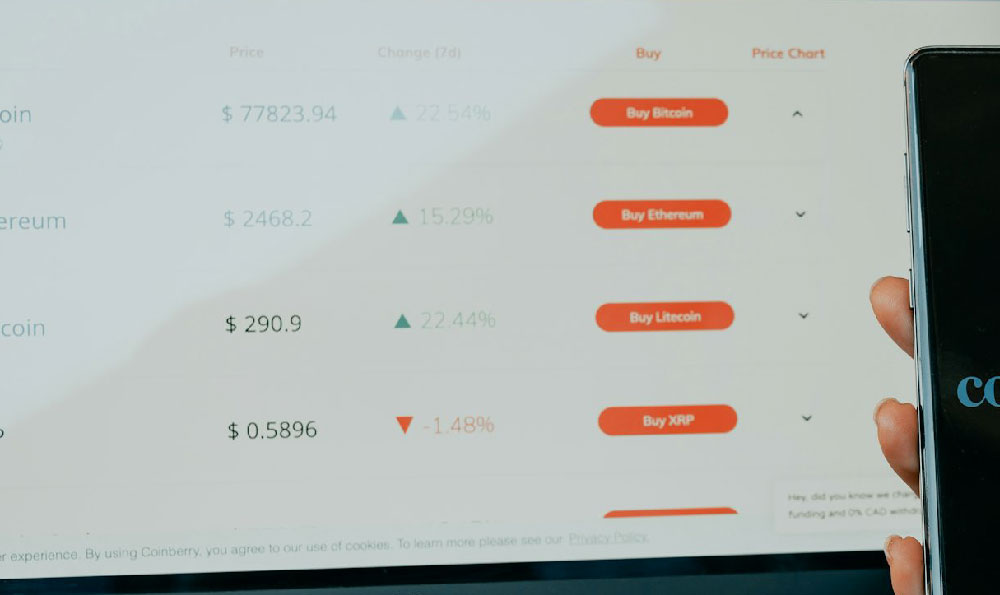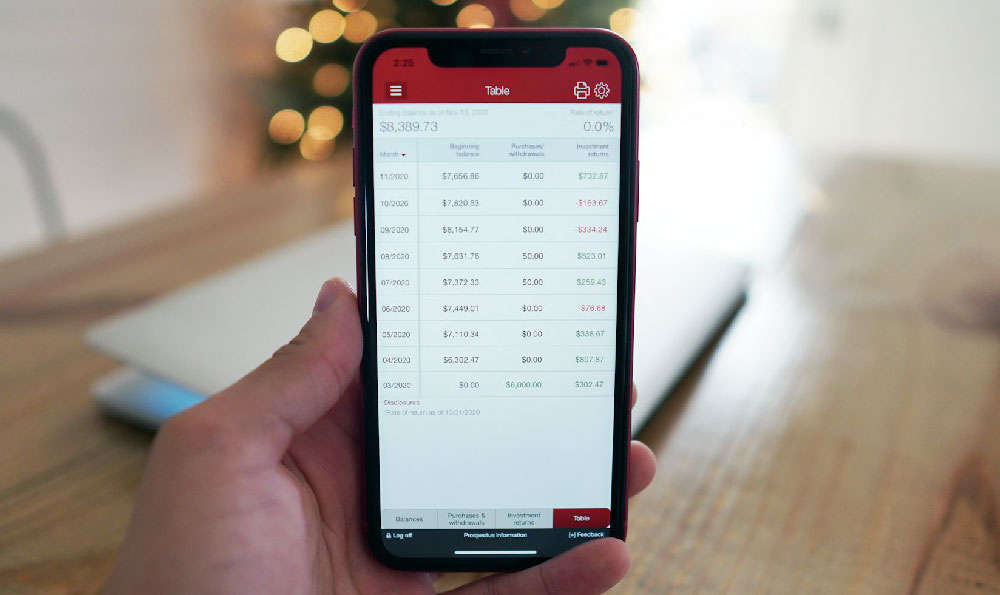Okay, let's delve into the potential earnings on YouTube and evaluate whether embarking on this content creation journey is a worthwhile endeavor.
YouTube has emerged as a dominant force in the online landscape, transforming from a simple video-sharing platform to a thriving ecosystem for content creators. Millions of individuals and businesses have flocked to YouTube, seeking to build an audience, share their passions, and, of course, generate income. But the question remains: how much can one realistically earn, and is the effort truly worth the reward?
The answer, unfortunately, isn't straightforward. YouTube earnings are notoriously variable and depend on a multitude of factors, making it difficult to provide a definitive figure. However, we can explore the key determinants that influence a channel's revenue generation and assess whether the overall proposition is appealing.

One of the primary sources of income for YouTubers is ad revenue, facilitated through the YouTube Partner Program (YPP). To be eligible for the YPP, a channel must meet certain criteria, including having at least 1,000 subscribers and accumulating 4,000 valid watch hours within the past 12 months. Once accepted into the program, creators can monetize their videos by displaying various types of advertisements, such as pre-roll ads, mid-roll ads, and banner ads.
The amount a YouTuber earns per ad view, often referred to as CPM (cost per mille, or cost per thousand views) or RPM (revenue per mille), varies significantly. CPM represents the amount advertisers pay for 1,000 ad impressions, while RPM represents the actual revenue a creator receives for 1,000 monetized views after YouTube takes its cut (typically around 45%). Several factors influence CPM and RPM, including the niche of the content, the geographic location of the viewers, the demographics of the audience, and the time of year (advertising rates tend to be higher during the holiday season).
Content that attracts advertisers seeking to reach high-value demographics, such as finance, technology, or business-related content, tends to command higher CPMs. Conversely, content targeting younger audiences or covering less commercially appealing topics may generate lower CPMs. Furthermore, viewers from countries with robust advertising markets, such as the United States, Canada, and Western Europe, typically result in higher CPMs than viewers from countries with less developed advertising ecosystems.
Therefore, predicting ad revenue with precision is challenging. A small channel with highly engaged viewers in a lucrative niche may outperform a larger channel with a broader, less targeted audience. As a very rough guideline, many YouTubers report earning anywhere from $1 to $5 per 1,000 views, but this number can fluctuate significantly.
Beyond ad revenue, successful YouTubers often diversify their income streams through various avenues. Sponsorships and brand deals represent a significant source of revenue for many creators. Companies are increasingly recognizing the power of influencer marketing and are willing to pay YouTubers to promote their products or services to their engaged audiences. The amount a YouTuber can charge for a sponsorship depends on factors such as the channel's subscriber count, engagement rate, and the specific requirements of the campaign. Channels with large, loyal followings can command substantial fees for sponsored videos or product integrations.
Affiliate marketing is another popular monetization strategy. YouTubers can include affiliate links in their video descriptions, allowing viewers to purchase products or services directly from the creator's recommended sources. When a viewer clicks on an affiliate link and makes a purchase, the YouTuber earns a commission. This can be a particularly effective way to monetize content that reviews products or provides tutorials.
Merchandise sales represent another potentially lucrative revenue stream. YouTubers can create and sell branded merchandise, such as t-shirts, hoodies, mugs, and other items, to their loyal fans. This not only generates income but also strengthens the connection between the creator and their audience. Platforms like Teespring and Merch by Amazon make it relatively easy for YouTubers to design and sell merchandise without having to manage inventory or shipping.
Finally, crowdfunding platforms like Patreon allow viewers to directly support their favorite creators through recurring donations. This provides a stable source of income and allows YouTubers to focus on creating the content their audience loves. Patreon is particularly popular among creators who produce niche content or who have a highly engaged and supportive fanbase.
Now, addressing the question of whether it's "worth it" requires a more nuanced assessment. Building a successful YouTube channel is a significant undertaking that demands considerable time, effort, and dedication. Creating high-quality videos, engaging with viewers, promoting the channel, and staying up-to-date with the latest trends require a substantial investment of resources.
Furthermore, the YouTube landscape is highly competitive. Millions of channels are vying for viewers' attention, making it challenging to stand out from the crowd. Success requires not only creating compelling content but also employing effective marketing strategies and building a strong brand.
Despite the challenges, YouTube can be a rewarding endeavor for those who are passionate about content creation and are willing to put in the work. It offers the opportunity to build a loyal audience, share one's passions with the world, and potentially generate a significant income. However, it's crucial to approach YouTube with realistic expectations and a long-term perspective. Building a successful channel takes time, and there are no guarantees of financial success.
If you are primarily motivated by financial gain and are unwilling to invest the necessary time and effort, YouTube may not be the right path for you. However, if you are passionate about creating content and are willing to persevere through the challenges, YouTube can be a fulfilling and potentially lucrative endeavor. The true worth lies not only in the potential earnings but also in the creative fulfillment and the connection with a community of like-minded individuals. It’s also vital to remember that consistency is key. Regular uploads, even if the quality improves over time, are better than infrequent, high-production uploads. The algorithm favors consistent creators. Finally, engaging with your community is crucial. Responding to comments, holding Q&A sessions, and fostering a sense of belonging can greatly increase your audience retention and attract new viewers. So, is it worth it? Only you can decide that. But understanding the income potential and the work involved is crucial to making an informed decision.











